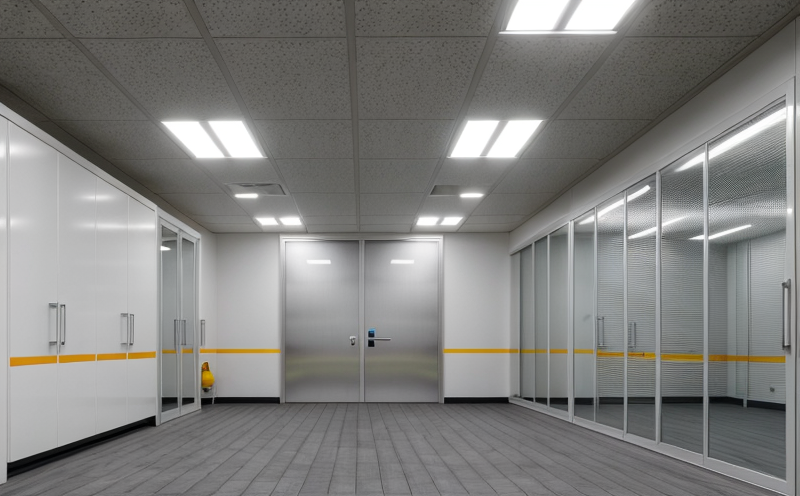Curing time in ambient vs controlled conditions
Unlocking the Secrets of Curing Time Ambient vs Controlled Conditions
In todays fast-paced business world, efficiency and accuracy are key to staying ahead of the competition. For companies involved in materials science, coatings, adhesives, and related industries, understanding the curing process is crucial for product development and quality control. However, achieving optimal curing results can be a complex task, especially when it comes to comparing ambient versus controlled conditions. At Eurolab, our team of experts provides laboratory services that help businesses like yours navigate this challenge.
What is Curing Time in Ambient vs Controlled Conditions?
Curing time refers to the period required for a material or coating to reach its desired properties, such as hardness, adhesion, and durability. The curing process can be influenced by various factors, including temperature, humidity, and exposure to air or other environmental conditions. When comparing ambient versus controlled conditions, its essential to understand how these differences affect curing time.
Ambient conditions refer to the natural environment in which a material or coating is cured, typically at room temperature (20-25C) and relative humidity (40-60). Controlled conditions, on the other hand, involve precisely regulating temperature, humidity, and air flow to optimize the curing process. This can be achieved using specialized equipment, such as climate-controlled chambers or ovens.
Why is Curing Time in Ambient vs Controlled Conditions Essential for Businesses?
Understanding the differences between ambient and controlled conditions is vital for businesses that rely on accurate curing times to ensure product quality and consistency. By comparing these two approaches, companies can
Optimize production processes By knowing the optimal curing time under controlled conditions, manufacturers can streamline their production lines, reducing waste and improving efficiency.
Enhance product performance Controlled conditions allow for precise regulation of temperature and humidity, resulting in improved material properties and extended product lifespan.
Meet regulatory requirements Many industries, such as aerospace and automotive, require specific curing conditions to ensure compliance with regulations and standards.
Reduce costs By minimizing the need for rework or recalls due to inadequate curing, businesses can save significant amounts on labor, materials, and resources.
Increase customer satisfaction With precise control over curing times, companies can deliver products that meet or exceed customer expectations.
Benefits of Using Curing Time in Ambient vs Controlled Conditions
Our team at Eurolab has extensively studied the advantages of using curing time in ambient versus controlled conditions. Here are some key benefits
Improved accuracy Controlled conditions provide a more precise and consistent environment, reducing variability and ensuring reliable results.
Enhanced material properties By regulating temperature and humidity, materials can be optimized for specific applications, leading to improved performance and durability.
Increased productivity With precise control over curing times, manufacturers can schedule production more efficiently, minimizing downtime and maximizing output.
Cost savings Reduced waste, rework, and recalls resulting from inadequate curing can lead to significant cost savings for businesses.
QA Section Frequently Asked Questions about Curing Time in Ambient vs Controlled Conditions
We understand that our clients may have questions about the benefits and implications of using curing time in ambient versus controlled conditions. Here are some frequently asked questions
What is the main difference between ambient and controlled conditions?
Ambient conditions refer to natural environment (room temperature and humidity), while controlled conditions involve precise regulation of temperature, humidity, and air flow.
How do controlled conditions affect curing time?
Controlled conditions can significantly reduce curing time by allowing for optimal temperature and humidity levels, resulting in faster material properties development.
Are ambient conditions sufficient for all materials and applications?
No, ambient conditions may not be suitable for certain materials or applications that require precise control over curing processes.
Conclusion
At Eurolab, we understand the complexities of curing time and its impact on businesses. Our comprehensive laboratory services help companies navigate the challenges of comparing ambient versus controlled conditions. By leveraging our expertise and cutting-edge equipment, your business can optimize production processes, enhance product performance, meet regulatory requirements, reduce costs, and increase customer satisfaction.
We invite you to explore our services and discover how we can support your business in achieving its goals.




